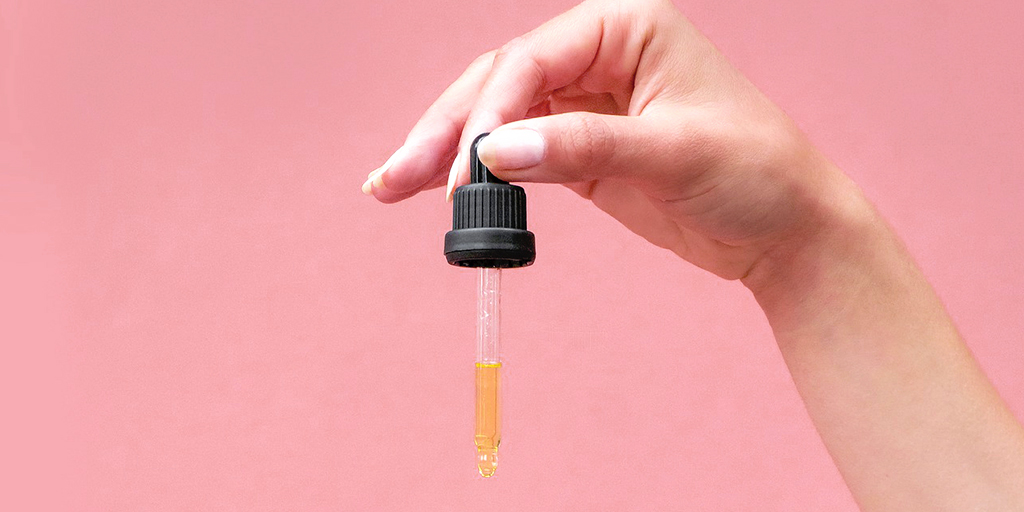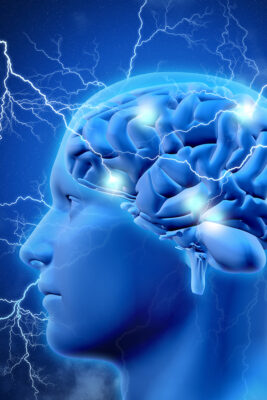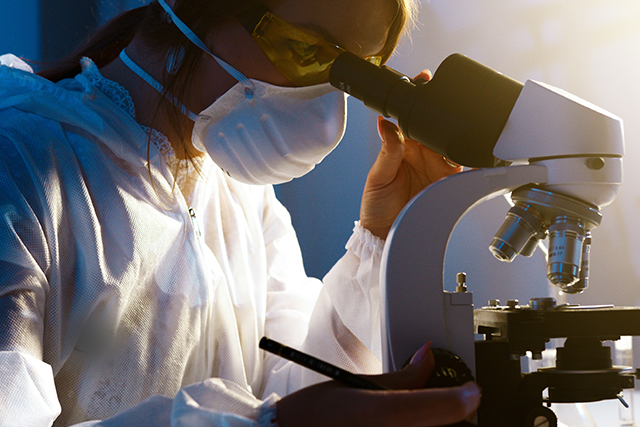Cannabinoids are naturally produced in the body and can be found in many plants beyond cannabis. In the cannabis plant, you can find over 100 different cannabinoids, each with its own therapeutic function on the brain and body. There are two main types of cannabinoids produced by the cannabis plant.
What Are Cannabinoids?
Let’s start by defining what cannabinoids are. The human body produces natural cannabinoids, also called endogenous cannabinoids (endocannabinoids). Cannabinoids derived from plants are called phytocannabinoids, or cannabinoids for short. The two most well-known cannabinoids derived from the Cannabis sativa plant are tetrahydrocannabinol (THC) and cannabidiol (CBD).
Cannabinoid Receptors
Endocannabinoids and phytocannabinoids closely interact with our body’s endocannabinoid system (ECS). The ECS is responsible for maintaining homeostasis throughout the body. Cannabinoid receptors can be found all over the body, including the brain, immune cells, organs, connective tissue, and more. Cannabinoids bind or interact with these receptors to possibly provide some localized relief.
In the cannabis plant, cannabinoids are produced in the plant’s resin, also known as its trichomes. These mushroom-like glands start as clear bulbs and mature over time to an amber colour, indicative of peak freshness and maximum potency and aroma. When the trichomes are heated, they are activated and produce their signature effects when consumed.
CB1 and CB2
There are two main types of cannabinoid receptors in our bodies: CB1 and CB2. These receptors are located on the surface of cells
- CB1: Mainly found in the brain and spinal cord (central nervous system)
- CB2: Mainly found in the immune system, especially in the liver
Endocannabinoids and phytocannabinoids bind and interact with these receptors found throughout the body to maintain an internal balance. Afterward, metabolic enzymes can break down these cannabinoids when they’ve done their job.
Tetrahydrocannabinol (THC)
Delta-9-tetrahydrocannabinol (THC) and tetrahydrocannabinolic acid (THCA) are the most commonly found types of cannabinoids in the cannabis plant. THCA refers to the acidic and non-intoxicating precursor to the THC cannabinoid. When decarboxylated, or heated, the acidic precursor converts to THC, which is the psychoactive cannabinoid that causes the high.
THC can usually be found in levels averaging about 18 to 20% or up to 30% for the highest potency strains. THC has a particularly high binding affinity to CB1 receptors in the brain, which explains its intoxicating and euphoric effects. THC can also bind to CB2 receptors in the immune and gastrointestinal system.
Cannabidiol (CBD)
Cannabidiol and its acidic precursor cannabidiolic acid (CBDA) are the second-most common cannabinoids found in the cannabis plant. As of late, more growers have been interested in producing plants with a higher-than-average level of CBD for users who want a more balanced high or no high at all. In most cannabis strains, CBDA levels barely reach 1% level (4% at most). However, many high-CBD strains out there can produce up to 30% CBDA, which turns to CBD when heated or exposed to light.
CBD has many of the same effects as THC without the high or risk for negative side effects such as paranoia, anxiety, fatigue, increased heart rate, or increased appetite. Why? CBD doesn’t directly bind to any receptors. Instead, it acts as a cannabinoid receptor agonist, basically blocking the binding site from other cannabinoids.
While this may not sound like a positive attribute, CBD is effective at balancing and reducing or getting rid of the side effects of THC. For this reason, CBD has been a favourite among seniors, kids, pets, and other wellness enthusiasts.
Cannabinol (CBN)
Cannabinol (CBN) is a metabolite of THC. When exposed to heat and light, THC breaks down into CBN. In its fresh and raw form, cannabis contains less than 1% CBN. However, with age and exposure to heat and light, the CBN percentage of cannabis increases.
CBN has a highly sedative effect compared to other cannabinoids. In fact, indica strains, which are known for their sleepy effects, tend to have a higher percentage of CBN.
Cannabigerol (CBG)
Cannabigerol and its acidic precursor cannabigerolic acid (CBGA), are also known as the mother of all cannabinoids. Why? It is the first cannabinoid produced by the cannabis plant, which eventually converts into a range of cannabinoids using enzymes in the plant to produce THCA, CBDA, and CBCA. By harvest, the plant has only less than 1% CBGA.
However, growers are starting to breed plants with slightly higher CBGA levels. Some hemp strains can contain over 90% CBG. CBG is a CB1 receptor antagonist that allows for a surplus of cannabinoids in the nervous system for better relief. CBG can also bind to CB2 receptors in the gastrointestinal and immune system.
Cannabichromene (CBC)
Cannabichromene and cannabichromene carboxylic acid (CBCA) is found in concentrations of under 1% in fresh cannabis plants. CBC does not bind well with CB1 receptors. Instead, it acts as a CB1 agonist, which can increase the production of endocannabinoids which may help reduce pain. In addition, it can prevent the uptake of cannabinoids which may help maintain long-term relief. CBC does not bind to CB2 receptors.
Tetrahydrocannabivarin (THCV)
CBGVA converts to tetrahydrocannabivarin (THCVA) when exposed to heat and light. With more heat and light exposure, THCVA transforms to THCV. THCV can be found in less than 1% of the plant. It is believed to be responsible for the skunky aroma of flower buds.
Similar to THC, in low doses it can be a CB1 antagonist and not produce intoxicating effects. In high doses, it can be a CB1 agonist and produce euphoric and clear-headed effects. While the effects may feel stronger, they are not as long-lasting as the effects from THC. THCV is a partial agonist of CB2 receptors.
The Entourage Effect
While scientific research has focused on only a couple of cannabinoids, the reality is that consuming the full spectrum of cannabinoids has far more benefits compared to consuming just a single cannabinoid. Since 1998, cannabis researchers have been proponents of the entourage effect. This effect occurs when cannabis chemical compounds work together to create an elevated effect.
For this reason, many users have turned to full-spectrum, or whole-plant, cannabis over isolates or even broad-spectrum products. Full-spectrum products contain the plant’s entire original chemical formula, while isolates only contain a single cannabinoid, and broad-spectrum doesn’t contain THC for users who don’t want to get high.
What Are Synthetic Cannabinoids?
Synthetic cannabinoids refer to lab-created cannabinoids. They are primarily used to create pharmaceutical drugs. Their pharmaceutical use developed in the 1980s when labs began creating synthetic forms of THC for medical use. However, these synthetic variations tended to produce more intoxication and negative side effects compared to traditional cannabinoids found in cannabis.
Synthetic cannabinoid variations include Marinol (dronabinol) and Cesamet (nabilone). Marinol was approved as a Schedule II drug in 1986 and ended up in Schedule III by 1999. Cesamet has double the potency of THC and became FDA-approved in 1985.
Cannabis Plant Research
Cannabinoids have tremendous potential. We’re only in the beginning stages of discovering each cannabinoid’s properties, possible benefits, and side effects. As we get closer to legalization, research can continue to uncover new information about cannabis one study at a time. We can now enjoy a variety of cannabis products infused with the major cannabinoids to experience effects in our body and brain.















